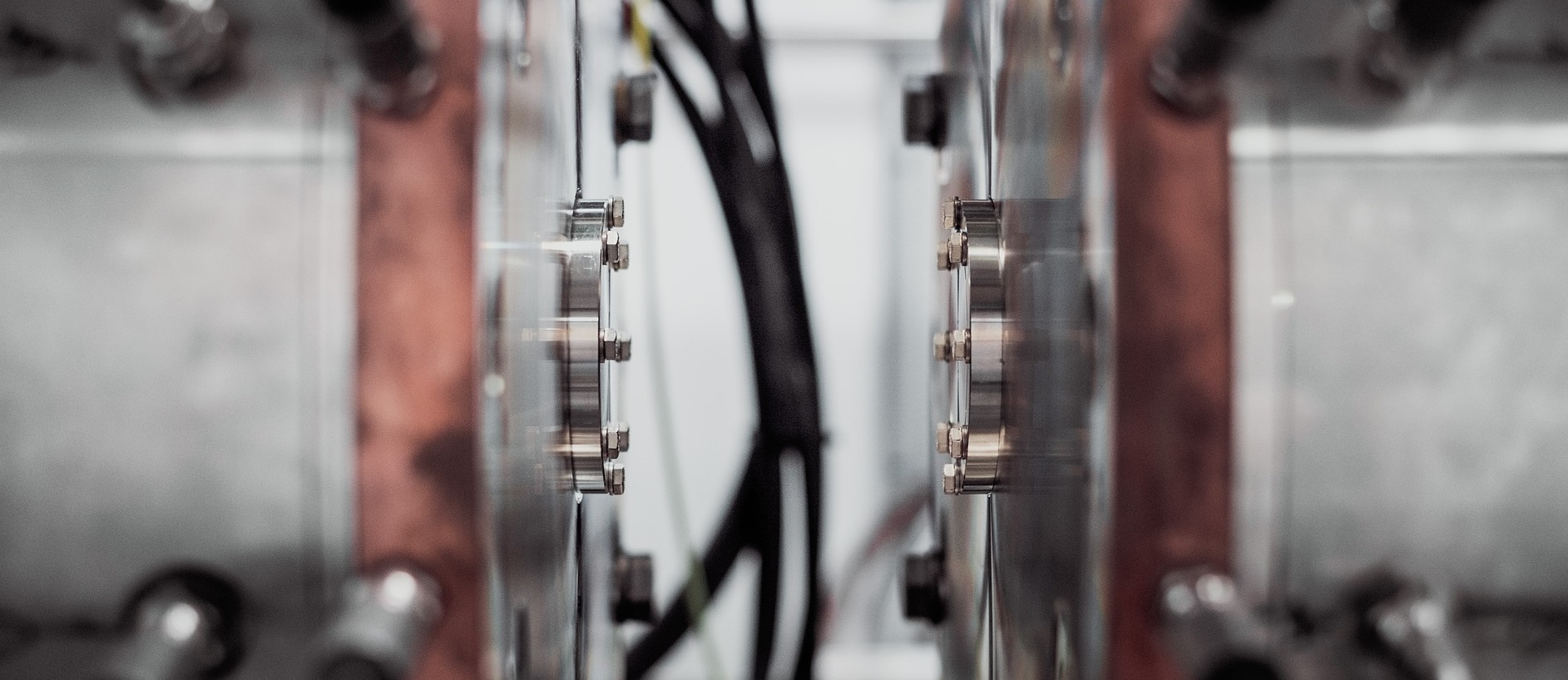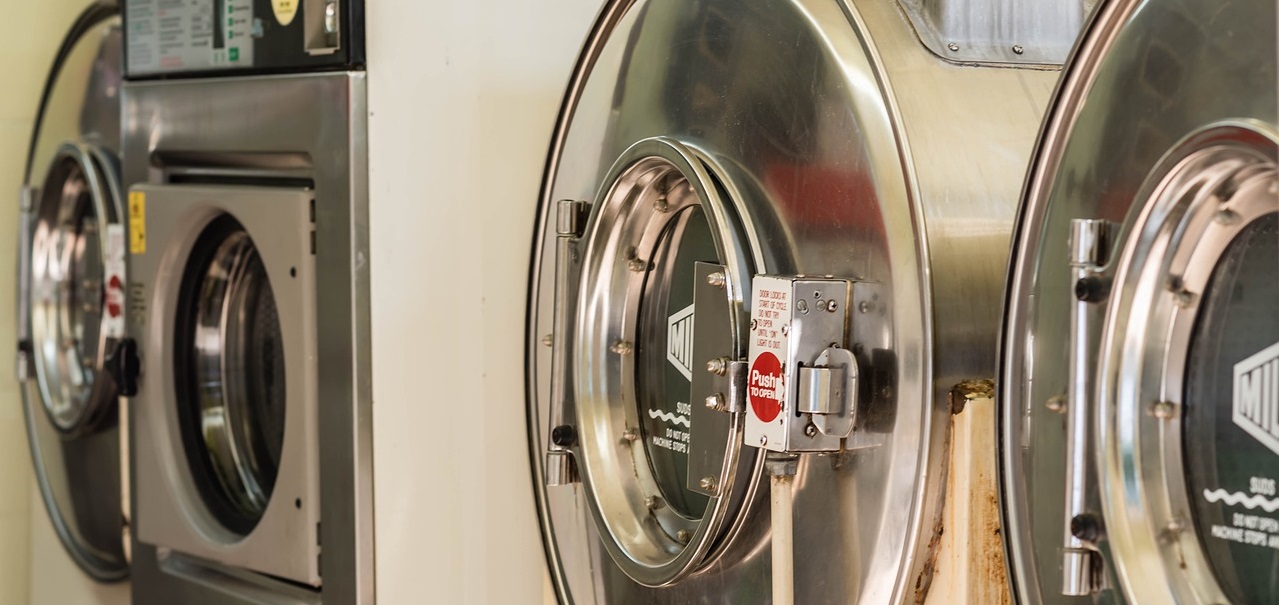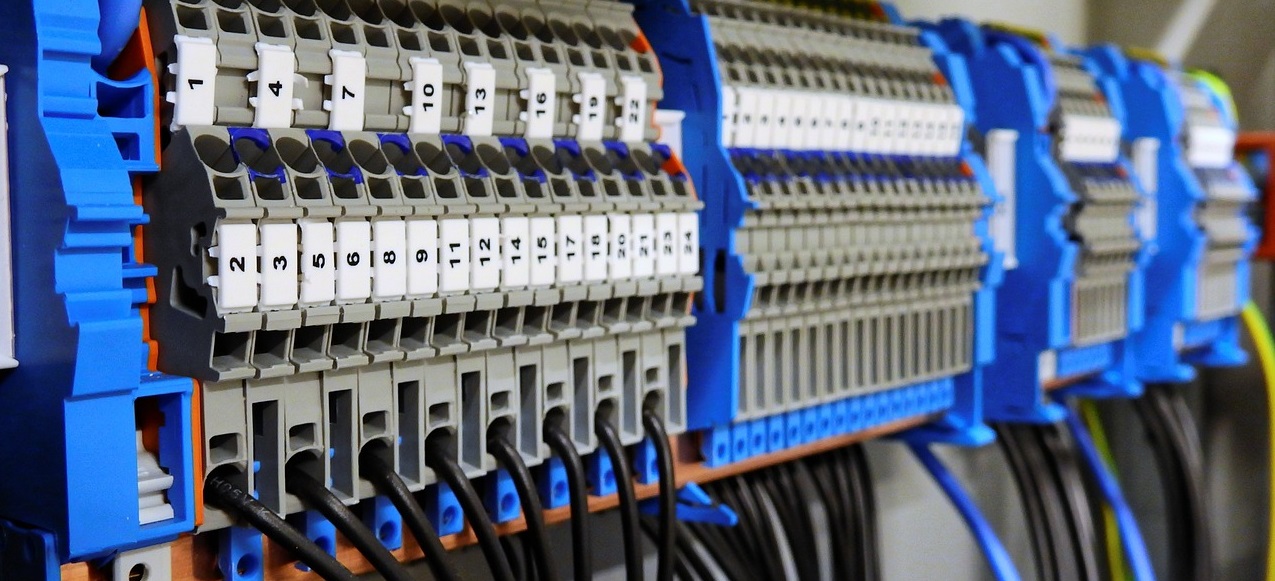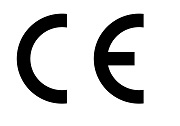Toy Safety Directive 2009/48/EC
Directive 2009/48/EC on the safety of toys (hereinafter - Toy Safety Directive) of 18 June 2009 was adopted to create an internal market for toys within the European Union, harmonize toy safety standards across EU Member States, and ensure the free movement with the regard to toy products.
According to Directive 2009/48/EC toys are products designed or intended for use in play by children under the age of 14.
Toys that are placed on the European market must conform with the essential health and safety requirements set out in Toy Safety Directive. It means that physical, chemical, mechanical, and electrical properties of toys will be verified. In addition, Directive 2009/48/EC imposes requirements regarding flammability, hygiene, and radioactivity of toys (if applicable). Moreover, the manufacturer is required to define the range of persons who may be exposed to these threats.
Only toy products that fully comply with the requirements of the Toy Safety Directive 2009/48/EC may be placed on the European market and marked with a CE mark (Conformité européenne – European conformity).
The following products are covered by Directive 2009/48/EC:
Toy products designed or intended for use in play by children under the age of 14.
Directive 2009/48/EC does not apply to (as per Article 2):
-
Playground equipment intended for public use
-
Automatic playing machines (coin operated or not) intended for public use
-
Toy vehicles equipped with combustion engines
-
Toy steam engines
-
Slings and catapults
In addition to the above Annex 1 of the Directive 2009/48/EC specifies products that should not be considered as toys. These products are:
-
Decorative objects for festivities and celebrations
-
Products for collectors under condition that the product or its packaging bears a visible and legible indication that it is intended for collectors of 14 years and above
-
Sports equipment, including roller skates, inline skates, and skateboards intended for children with a body mass of more than 20 kg
-
Bicycles with a maximum saddle height of more than 435 mm
-
Scooters and other means of transport designed for sport or which are intended to be used for travel on public roads or public pathways
-
Electrically driven vehicles which are intended to be used for travel on public roads, public pathways, or the pavement thereof
-
Aquatic equipment intended to be used in deep water, and swimming learning devices for children, such as swim seats and swimming aids
-
Puzzles with more than 500 pieces
-
Guns and pistols using compressed gas
Exception: water guns and water pistols, and bows for archery over 120 cm long
-
Fireworks, including percussion caps which are not specifically designed for toys
-
Products and games using sharp-pointed missiles, such as sets of darts with metallic points
-
Functional educational products, such as electric ovens, irons or other functional products operated at a nominal voltage exceeding 24 volts which are sold exclusively for teaching purposes under adult supervision
-
Products intended for use for educational purposes in schools and other pedagogical contexts under the surveillance of an adult instructor, such as science equipment
-
Electronic equipment, such as personal computers and game consoles, used to access interactive software and their associated peripherals, unless the electronic equipment or the associated peripherals are specifically designed for and targeted at children and have a play value on their own, such as specifically designed personal computers, keyboards, joy sticks or steering wheels
-
Interactive software, intended for leisure and entertainment, such as computer games, and their storage media, such as CDs
-
Babies’ soothers
-
Child-appealing luminaries
-
Electrical transformers for toys
-
Fashion accessories for children which are not for use in play
Product conformity assessment procedure according to the Toy Safety Directive:
To sell toy products on the markets of the EU Member States, they must be marked with a CE mark.
To do so the manufacturer must successfully pass a complete production quality assurance system (Production quality assurance) and obtain a Declaration of Conformity (EU declaration of conformity).
The declaration must be translated into the language or languages established by the EU member state to whose market the toy is supplied.
Manufacturers are obliged to keep technical documentation and the declaration of conformity to European standards for 10 years from the date of placing the toy on the market.
NB All economic operators, i.e. the importer, the distributor, the EU Authorized Representative (if applicable) in addition to the manufacturer, are responsible for compliance with the requirements of the Toy Safety Directive. In this way, the control of compliance with the requirements of Directive 2009/48/EC is entrusted to all parties involved in the sale of goods.
CE Marking according to Toy Safety Directive 2009/48/EC (ref. Articles NN 16 and 17)
CE marking is used by the manufacturer to inform the consumer and the regulating authorities that the toy is in conformity with the applicable requirements set out in Community harmonization system, in particular, in the Toy Safety Directive 2009/48/EC. The CE marking should be affixed on the product, the accompanying document and packing before the product is placed on the marker.
The CE marking shall be affixed visibly, legibly and indelibly to the toy, to its label or to the packaging. In the case of small toys and toys consisting of small parts, the CE marking may alternatively be affixed to a label or an accompanying leaflet.
Declaration of Conformity according to Toy Safety Directive 2009/48/EC (ref. Annex III)
-
Unique identification of the toy
-
Name and address of the manufacturer or his authorised representative
-
Object of the declaration stating the toy, including a colour image of sufficient clarity for the purpose of the toy’s identification
-
A list of applicable harmonized standards or references to the specifications in relation to which the conformity is declared
-
If applicable: name and number of the notified body that performed the intervention and issued the certificate
-
Place and date of issue of the declaration
-
Name, function, and signature of the person responsible to sign the declaration on the manufacturer’s behalf
EU Authorised Representative
If a manufacturer is located outside the European Union, he must appoint an authorised representative in the European Union in order to issue a declaration of conformity or to apply a CE mark to the product.
In addition to providing a complete range of services with regards to certification and declaration of conformity of products according to the requirements of Directive 2009/48/EC CCIS-EXPERTISE also delivers a service of an authorised representative in the European Union.
Statutory reference
Directive 2009/48/EC on the safety of toys was adopted by the Parliament of the European Union on 18 June 2009 and replaced the previous document - Directive 88/378/ECC. Directive (EU) 2009/48 is elaborated to protect the health of children when handling toys.
Full text of the Toy Safety Directive 2009/48/EC
CCIS-EXPERTISE specialists will help you to:
-
identify directives and standards that apply to your products
-
prepare and evaluate the technical file
-
translate all relevant documentation and drawings
-
determine the cost of certification work
-
carry out all procedures of the European conformity assessment process
-
conduct tests of any complexity in accredited European and national laboratories
-
prepare the declaration of conformity
-
provide an authorised representative for your company in the EU













